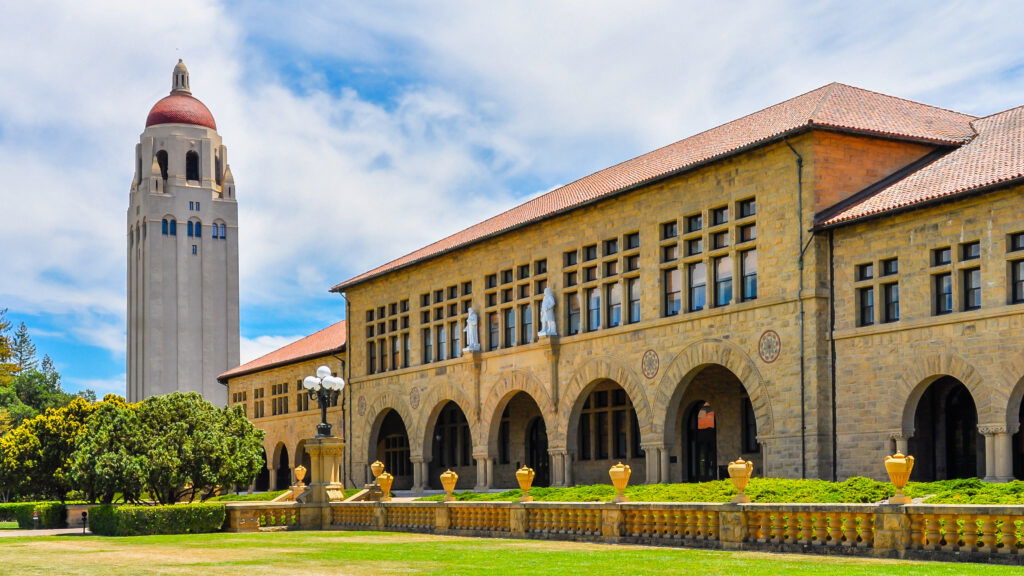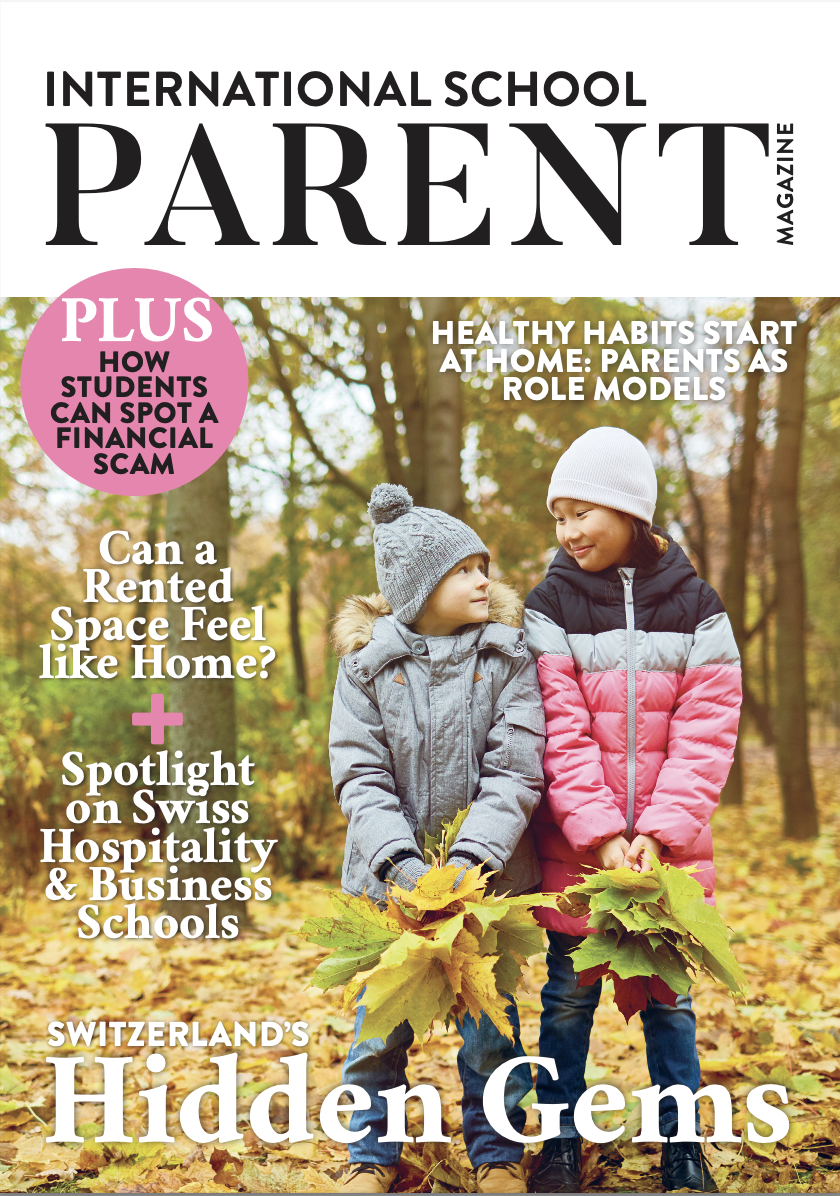From Oxford to Stanford, How Post-Study Visas Change the Game

Written by: Rebecca Pretorius
When families in Europe weigh up the pros and cons of sending their child to university abroad, most of the focus falls on getting in. Which system is tougher? Where are the better scholarships? Which campuses offer the best experience? But increasingly, the real game-changer is not just admissions, it is what happens after graduation.
In 2025, the landscape for international students has shifted again. The UK has shortened the amount of time graduates can stay and work after finishing their degree. Meanwhile, the US continues to offer one of the longest post-study work windows in the world, particularly for STEM students. For parents in Central Europe, this difference could shape whether their child ends up with a truly global career or faces a scramble to leave just as they are getting started.

THE UK: A SHORTER RUNWAY
For years, the UK Graduate Route visa was one of the big selling points of studying at a British university. It allowed international students to stay and work for two years after their undergraduate degree. That window was just long enough to gain valuable work experience, test out career options, and for some, secure sponsorship to remain longer on a Skilled Worker visa.
But recently, the rules changed.
Undergraduates now have just 18 months to work or look for work in the UK. On paper, the reduction may not look dramatic, but in reality, it puts much more pressure on students to find a sponsor quickly. Many graduate-level jobs in the UK start only once a year, with long recruitment timelines, so students may spend nearly half their visa time simply waiting for hiring cycles.
THE US: STEM ADVANTAGE
Across the Atlantic, the story is more generous. Students who enter on an F-1 visa can take advantage of a system called Optional Practical Training (OPT). This allows graduates to work for 12 months in a role related to their degree. For those in science, technology, engineering, or maths, the benefits are even greater; a 24-month STEM extension makes it possible to stay for up to 36 months in total.
That is three full years, double the UK allowance, to establish a career, gain experience, and potentially transition to a longer-term visa such as the H-1B. For families considering long-term career opportunities, this difference in post-study stay length can tip the scales. A student studying computer science at MIT, Stanford, or Berkeley can spend three years building connections in Silicon Valley. That kind of opportunity is much harder to match in the UK under the tighter 18-month limit.

WHAT THIS MEANS FOR CENTRAL EUROPEAN FAMILIES
So, where does this leave families across Central Europe who are considering sending their children abroad?
Think beyond admissions.
Getting into Oxford, Cambridge, Harvard, or Stanford is only half the story. The bigger question is, what comes after? The policies in place at graduation will shape your child’s career more than the acceptance letter itself.
Match degree choice to visa advantage.
If your child is STEM-inclined, the US offers a clear edge, up to three years of work experience before having to switch visas. For other subjects, the shorter UK degree, three years instead of four, may still appeal, but plan for a quicker job hunt.
Diversify applications.
Increasingly, families apply to both UK and US universities to keep options open. Yes, the systems are diff erent, exam-driven UCAS versus holistic Common App, but with the right strategy, students can build parallel applications that maximise their chances on both sides of the Atlantic.
PREPARING FOR US ADMISSIONS

For many families, the biggest surprise is not the admissions rates but the preparation required to be competitive for top US universities. Unlike the UK, where grades and a personal statement carry most of the weight, the US looks at the whole picture: essays, extracurriculars, leadership, recommendation letters, and standardised testing. Building that profile takes time, often years, not months.
And families in Europe should know, their child’s peers will not be doing this alone. In 2023, 23% of the freshmen at the top-ranked Ivy League university reported working with a private admissions counsellor, and among families with incomes over $500,000, nearly half relied on professional support. This means that the competition your child faces is already heavily coached.
That is where Crimson Education comes in. Our team of former admissions officers and top tutors work with students on everything from essay brainstorming to extracurricular strategy and interview preparation. We help families not only understand the diff erences between the UK and US systems, but build a plan that gives students the best chance of thriving in both.
The choice between UK and US universities has never been simple, and with visa rules tightening and shifting, it is more strategic than ever. For parents in Europe, the question is not just “Where will my child get in?” it is “Where will my child thrive after they graduate?” With careful planning, the answer could be on both sides of the Atlantic.
To learn more or book a free 1:1 consultation, visit crimsoneducation.org

